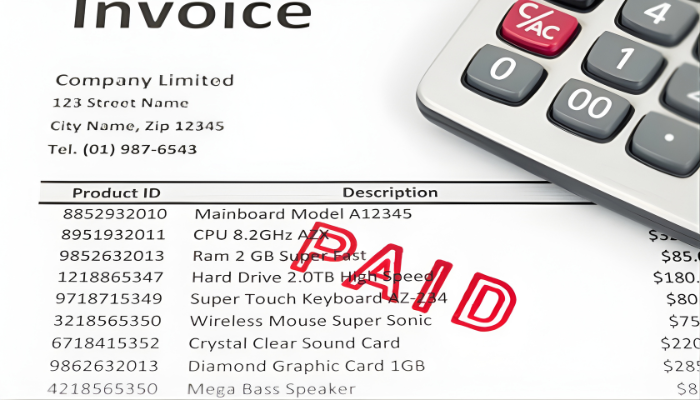
The factoring recourse period is the time that a factoring company allows for your customer to pay an open invoice that the factor has funded. If a customer does not pay a particular invoice by the end of the recourse period, the factoring company will withdraw funding for that invoice.
How long is the recourse period?
The exact recourse period that a factoring company sets for a particular client depends on the business and its industry. Some industries normally have a quick payment cycle while others have extended credit periods. Recourse periods can go anywhere from 30 to 120 days.
Need an example? A typical recourse cycle is 90 days past the end of the month when the invoice was opened. These terms are normally known as 90 days EOM. So, if an invoice was opened on March 15, due 90 days after the end of the month (March 31), the last day of the recourse period would be June 29.
The recourse period is designed to give the customer plenty of time to pay the invoice within terms. But it does not allow the debt to become stale.
What happens if an invoice remains open past the end of the recourse period?
When you factor an invoice, you receive a partial payment for the amount of that invoice. If that invoice goes unpaid, the factoring company is going to want that advanced payment back.
In most cases, before the end of the recourse period, the factor is going to take active steps to get the customer to pay the invoice. This can include calling the debtor and sending letters. In some cases, this can get the payment made and resolve the issue.
If collections fails, and the recourse period ends, the factor will deduct the amount of the advance from your funding availability.
What impact does the factoring recourse period have on the amount of funding available?
Any open invoices which are older than the recourse period are not eligible for factoring. This can reduce the amount of funding available through factoring.
For example, let's say your A/R ledger has $50,000 worth of open invoices. However, $10,000 of those invoices are past the 90 days EOM. The factoring company is not going to consider those past due invoices when calculating available funding. They will only consider the worth of the open invoices that are not past the recourse period, or $40,000. If the terms of the factoring agreement state that 90% of the eligible invoices will be available, then the available funding level will be $36,000.
Recourse factoring vs. non-recourse factoring
If you are exploring factoring options, you have likely seen a couple of options: recourse and non-recourse.
- Recourse factoring is the most common arrangement. This is the type of factoring where the recourse period comes into play. The factor is only taking responsibility for the invoices that are within the recourse period. When that period ends, the factor will give the invoice back to the client and deduct the amount from the available funding.
- Non-recourse funding works differently. When you turn over the invoices to the factoring company, the factor takes complete responsibility. If an invoice goes past due, the factor takes the hit. It does not come back to you or reduce your available funds.
The fees for non-recourse factoring are higher than those for recourse factoring. That is because the factoring company is taking a bigger risk by taking complete responsibility for your invoices. The payoff for the higher fees is that you don't have to worry about repaying the advanced amount of a past-due invoice.
Now you know what the factoring recourse period is and how it will affect your available funding. This is an important concept to understand before signing a factoring agreement.















